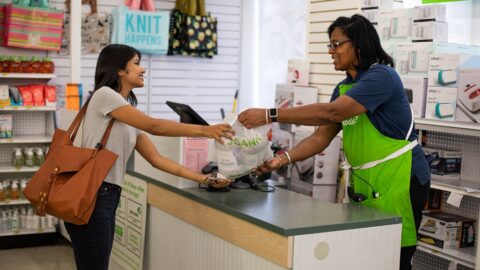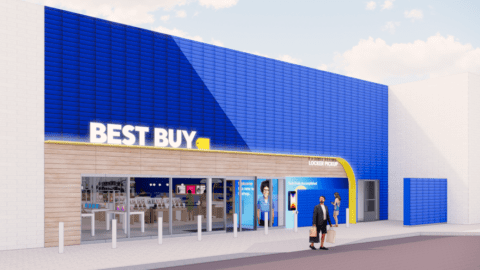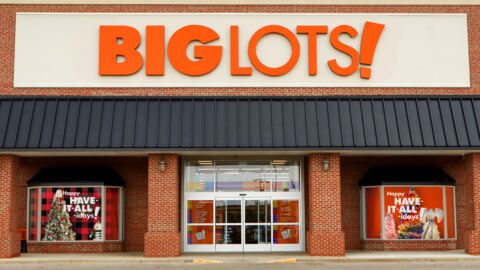As many as 80% of retailers say they are “omnichannel ready” and frequently point to their buy online/pick up in-store (BOPIS), buy online/return in-store (BORIS) and ship-from-store capabilities as proof. But retailers tend to overstate how efficient these fulfillment strategies are, according to Bill Hardgrave, Provost and SVP of Auburn University.
In a Retail TouchPoints Live! @ Retail X session, Hardgrave shared his empirical analysis of 16 store visits across 14 retailers. The study showed that retailers often calculate BOPIS success based on their performance in individual categories rather than by total SKUs. In one example, a retailer calculated that it had a 99% BOPIS fulfillment rate, but in reality, this success rate occurred for 990 products out of 1,000 within one category.
Performance across categories can vary dramatically. When a client retailer reported inventory accuracy of 87%, Hardgrave and his team did an audit of their inventory across five categories. Upon measuring perpetual inventory (PI), which records sale or purchase of inventory on a continuous basis, Hardgrave and has team measured that actual accuracy ranged between 31% (for home products and small appliances) and 61% (boys wear).
“There’s a lot of retailers either convincing themselves they’re better than they are, hiding that fact or ignoring that fact, but they’re certainly not anywhere near this,” Hardgrave said.
Hardgrave considers inventory accuracy the foundation of what he calls the “omnichannel house,” which supports visibility down to the level of a single unit, therefore enabling retailers to deploy strategies like BOPIS and ship-from-store.
However, across several different metrics, retailers are still a long way away from effective implementation of BOPIS:
- Only 17% of retail apps display in-store quantities;
- Just 31% of customers describe BOPIS as a smooth process;
- 24% of BOPIS orders are not ready, despite a message otherwise; and
- 67% of BOPIS customers had a bad experience of some type.
Even in the wake of these shortfalls, BOPIS still has great potential, Hardgrave said. He noted that more than 60% of retailers offer BOPIS, and that 75% of BOPIS users bought something else after picking up their orders.
‘Test Of Seamlessness’ Fails At One Retailer
During the holiday season, Hardgrave conducted a “test of seamlessness” at another retailer. He logged onto a laptop to make purchases both to his home and to the local store and he searched for several items. Additionally, he opened the retailer’s mobile app to search for several items, but there was no recognition of the laptop login.
When Hardgrave went to the store, he logged into the WiFi on his phone and browsed for the same items in-store that he browsed online. But upon picking up his ordered items, the store did not associate his online presence with his in-store presence.
“I try to make it easy on the retailer at this point because I’m using the same credit card when I log in through the web site as I do through my app, so they could tie it through the credit card and my user ID,” Hardgrave said. “They never made the connection. To them it was three different customers: there was the app customer, the online web site customer and the customer in the store, and they had no idea it was one person.”












